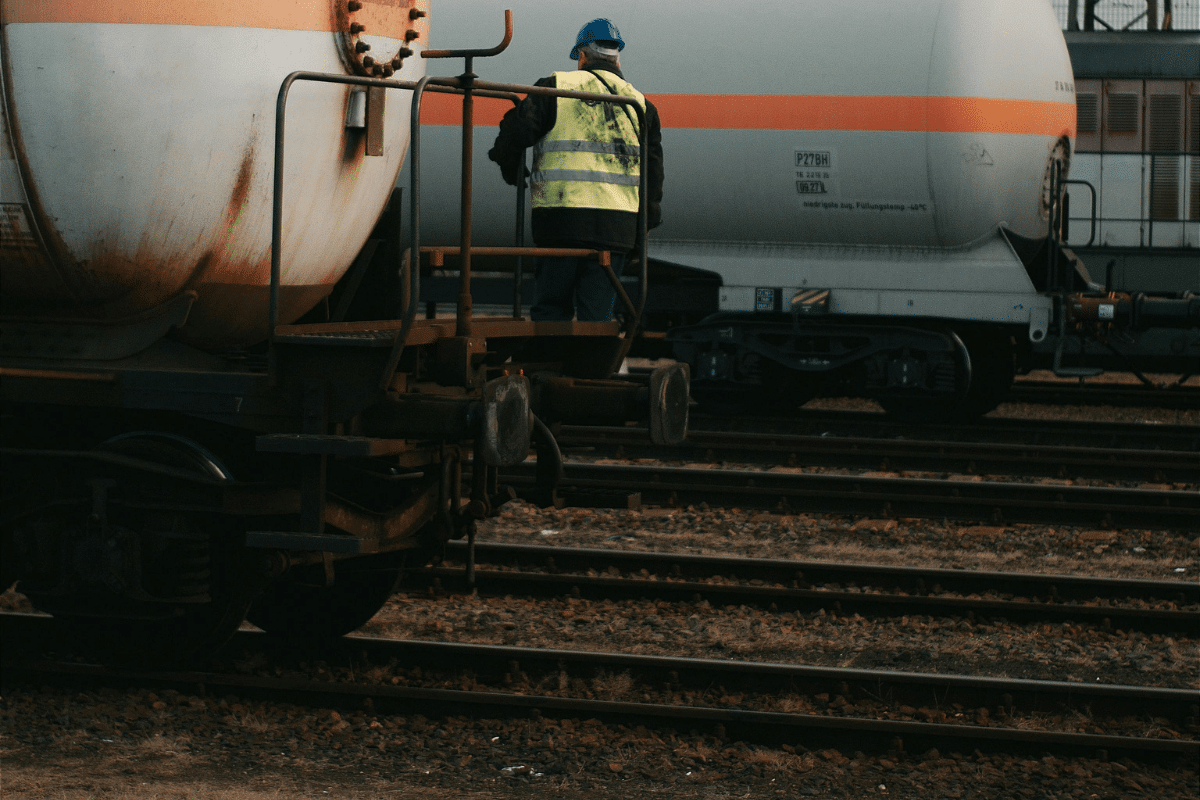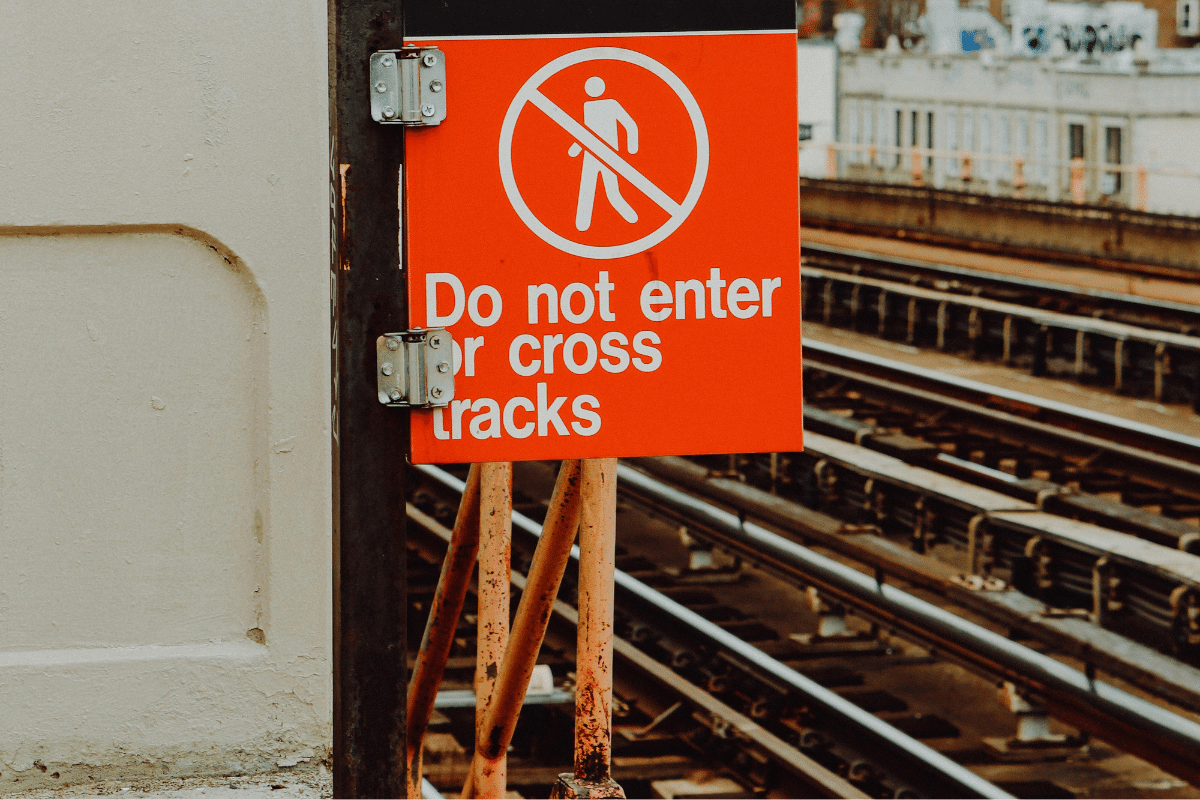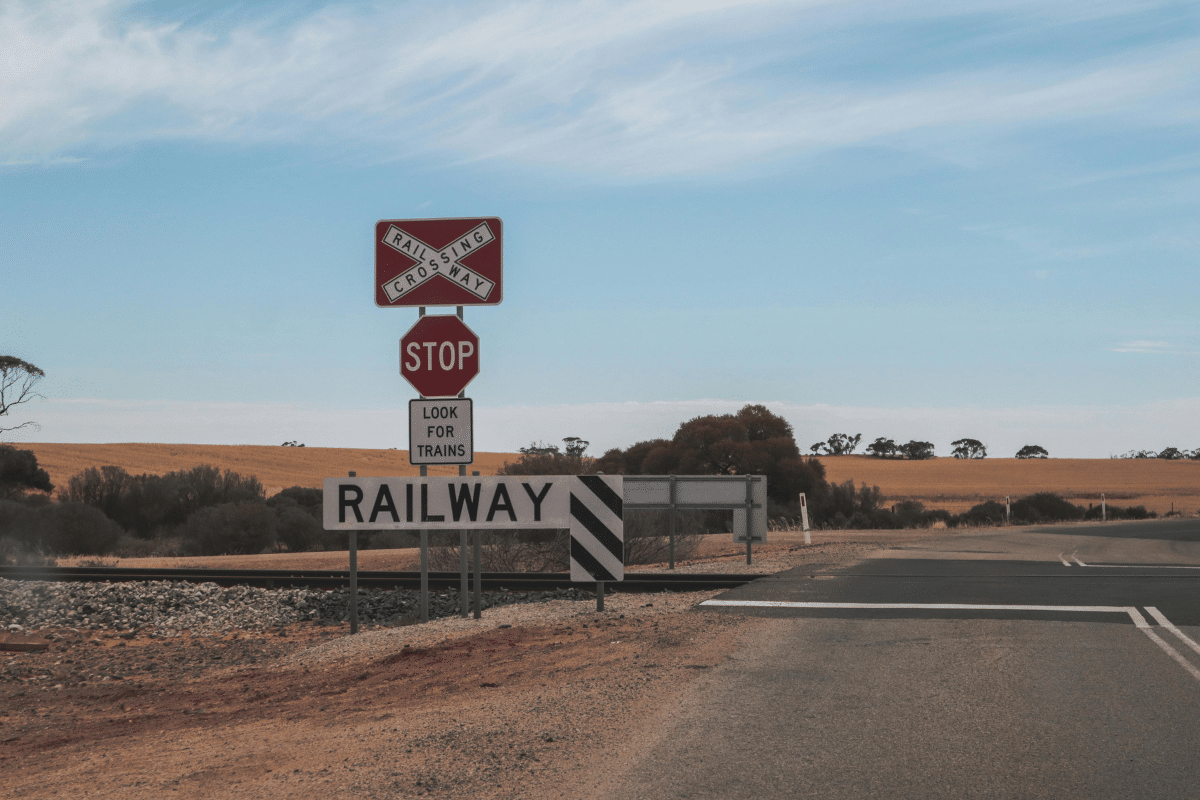

Rail safety is a vital topic for children to learn, especially in a world where rail transport plays a significant role in everyday commuting and logistics. Educating children about rail safety from an early age ensures their safety and instils a lifelong awareness of responsible behaviour around trains and tracks. While the subject is serious, teaching it can be exciting! Children can learn important lessons by incorporating fun and engaging activities while enjoying the process.
Let’s look at ways to teach kids about rail safety, why it’s essential to start learning about it early, and how parents, schools, and communities can work together to make areas near rail lines safer.

Railways are bustling with activity, and trains pose unique safety challenges due to their speed and size. Teaching children about rail safety helps them understand potential dangers and how to avoid them. Many accidents occur yearly due to a lack of awareness or disregard for safety protocols near railway tracks. Educating kids early can significantly reduce the chances of such incidents.
Kids who know about train safety are less likely to do dangerous things near tracks, like play or cross, without looking first. Using creative activities, adults can ensure these lessons stick and inspire kids to share what they’ve learned with their peers and families.
Interactive Rail Safety Quizzes
Turn learning into a game by organising a rail safety quiz! Include questions about crossing signs, train signals, and safe behaviour near tracks. Offer small rewards for correct answers to keep kids motivated.
For example, you could ask:
Visual aids like pictures of railway crossings and signs can make the quiz more interactive and engaging.
Storytelling Sessions
Children love stories, especially ones with exciting characters and adventures. Create or read stories where the characters safely navigate situations involving trains and tracks. For instance, a story about an intelligent kangaroo who always uses a crossing to avoid danger could capture their imagination while delivering key lessons.
Encourage the children to discuss what the characters did right or wrong, reinforcing the lessons through conversation.
Role-Playing Games
Role-playing is an excellent way for kids to practice what they’ve learned. Set up a mini railway crossing with toy trains and signs. Let the kids take turns playing the roles of pedestrians, train operators, or safety officers.
Through role-playing, children can learn:
This hands-on approach ensures they actively engage with the material.
Creative Arts and Crafts
Encourage children to create safety posters highlighting rail safety tips. Provide them with markers, paints, and paper to design colourful visuals that emphasise messages like “Stop, Look, and Listen” or “Stay Off the Tracks.”
Displaying these posters in classrooms, homes, or community centres can remind them of lessons they’ve learned.
Safety Song or Dance
Kids often remember information better when it’s set to music or a rhythm. Create a rail safety song with simple lyrics emphasising key safety points, like staying behind the yellow line or waiting for gates to open before crossing fully.
For an added layer of fun, choreograph a dance routine to go with the song and perform it as a group activity.

Parents and teachers are critical when it comes to making sure that trains are safe. Here are some tips to make the learning experience effective:
Beyond individual efforts, communities can unite to promote rail safety. Organise workshops or awareness events where children and their families can learn about safety measures. Partnering with organisations like Speed Humps Australia, who are committed to promoting safety in various areas, can amplify these initiatives.
For instance, we at Speed Humps Australia provide products like speed humps and rumble bars that enhance safety in areas with high foot or vehicle traffic. These tools can be installed near railway crossings or school zones to encourage cautious behaviour and prevent accidents. By working together, communities can create safer environments for everyone.
Presenting real-life scenarios can make safety lessons more relatable for children. Discuss what to do if:
Children can better understand how to react responsibly by being walked through these situations.
Repetition and reinforcement are essential to making safety habits stick. Parents, teachers, and community members can incorporate rail safety reminders into daily routines. For example:
Small, regular attempts like these can build up a culture of safety awareness.
Teaching rail safety to children is essential for their well-being and helps reduce accidents near railway tracks. Children are more likely to absorb and retain the information by making the lessons fun and engaging. Activities like quizzes, storytelling, role-playing, and creative projects provide a solid foundation for understanding rail safety rules.
Community collaboration is equally important, and partnering with safety-conscious organisations like us at Speed Humps Australia can amplify the impact of these efforts. We can create safer spaces for children to learn, play, and grow together.
Remember, rail safety is a shared responsibility, and with the right approach, we can empower the next generation to stay safe and informed.



For 10 years, our focus has been on one thing: to provide one style of product and to do it well.
Our wheel stops, speed humps and rumble bars meet Australian Standards, don’t fade, and we’ve never needed to replace one.

For 10 years, our focus has been on one thing: to provide one style of product and to do it well.
Our wheel stops, speed humps and rumble bars meet Australian Standards, don’t fade, and we’ve never needed to replace one.